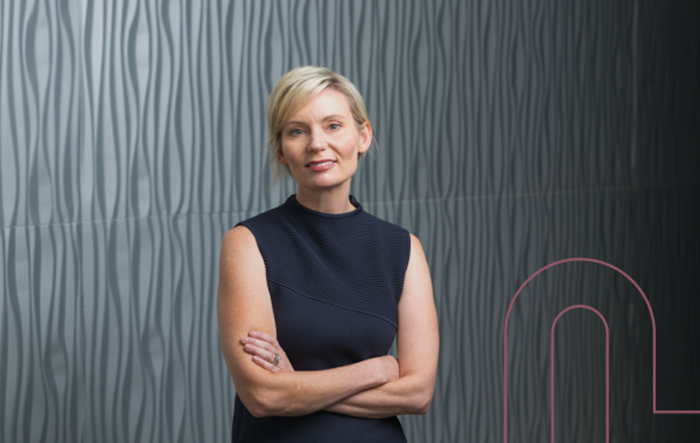The type of media platform an ad appears on influences attention to the ad more than the creative, said Karen Nelson-Field at the OmniConnect meeting.
Attention strategies will be tailored to the requirements of the campaign and become more important than time of view. The length of time an ad is viewed is currently considered a fundamental pillar of attention, but in reality has little relationship to attention, said Karen Nelson-Field, who has been a marketing researcher for more than 20 years and specializes in attention research, and who presented her forthcoming book, The Attention Economy: A Category Blueprint, to a Prague audience at Thursday's OmniConnect meeting. The book will be published this June.
Karen Nelson-Field's previous book, The Attention Economy and How Media Works, from 2020, focused on attention as a fundamental prerequisite for successful advertising. In it, she argued, among other things, that "not all attention is the same and that the need to learn to work with divided attention is a challenge for advertisers." Different brands and campaigns differ in the level of attention they need.
In his new book, he describes the transformation of the marketing landscape over the past three decades and sees the current period as the beginning of a fundamental shift in measurement, even the biggest in 30 years. He describes it as a time when we are in new phases of the category. "The Achilles heel of our industry and the day measurement died was the moment where we changed measurement methodologies. That doesn't mean that what we have now is fraudulent or wrong. It's just different," says Karen Nelson- Field. She is referring to the shift from measuring human behaviour to measuring "inside the digital environment", which brings a different scalability. "One is an assumption about how people behave, and the other is how people behave," she says. The conditions shaping the emergence of the new category are related to the end of cookies and increased regulation following greater demands for online privacy, reduced data quality (e.g., due to "fraudulent" impressions), and technological developments, particularly the advent of AI.
Viewing time is not a clearly telling indicator of attention. The assumption that an ad viewed for 1 second, 5 seconds or 10 seconds gains attention directly proportional to it is wrong. In reality, human attention fluctuates and other factors such as the media platform, the device on which the ad is viewed, the format of the ad, and the length of the ad all come into play to maintain attention, all of which impact the user experience. Karel Nelson-Field talks about attention elasticity, which expresses the level of maximum attention that can be captured on each platform. He puts the media platform at the imaginary top of this pyramid in a hierarchical ordering of the influences on attention. On the other hand, it places creativity at the bottom. "This is not to say that creative is not important. But it is limited by the factors that precede it. A different user experience means that the same creative works very, very differently on Facebook, Pinterest or Snapchat," he illustrates. Related to this is the issue of impression viewability, and the finding that 80% of online ads receive under 2.5 seconds of attention.
The above, among other things, means that reach is not the same on different platforms. "The way we scroll on Facebook is different to the way we scroll on TikTok, which is very different to the way we switch channels on TV. And that, in turn, is different from the way we watch movies at the cinema," he explains. This is supposed to be the reason why reach curves don't work (or assume a different course of action to reality). Reach is not the same and needs to be "straightened out" using data.
Karen Nelson- Field talks about exploring the laws of attention as a scientific discipline. She bases her conclusions on long-term research spanning years and collected on a panel size of over 100,000 respondents. She collects the data at her consultancy, Amplified Intelligence, which she founded in Australia in 2017.
The OmniConnect meeting also received attention as an important metric for planning today in the presentations by other speakers. We are preparing a summary of the meeting and will publish it in the coming days.
Source: mediaguru.cz

